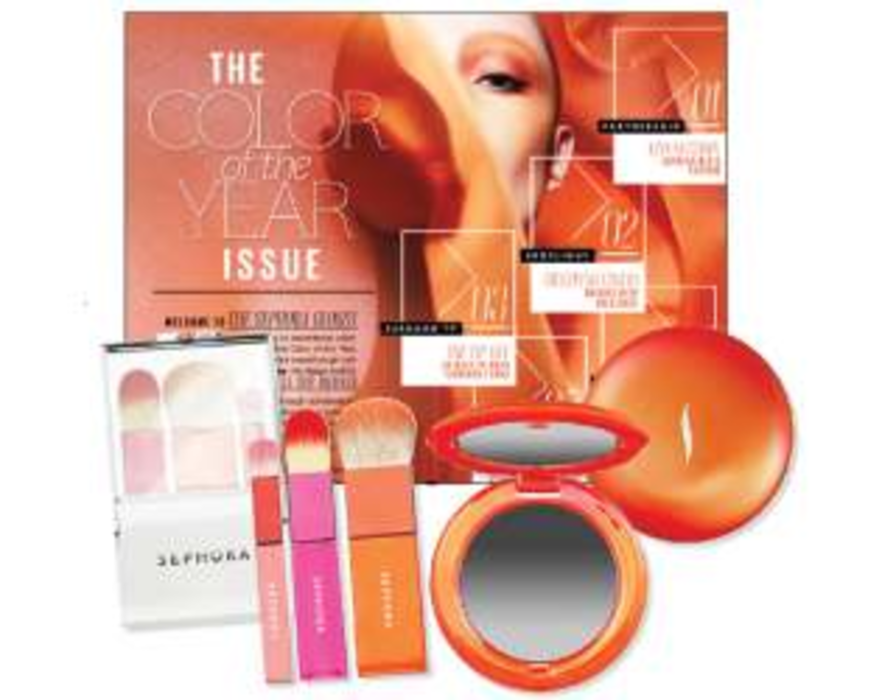With the increase of customer touchpoints, brands are seeking to implement seamless cross-channel marketing strategies. On April 9, the beauty products chain Sephora integrated mobile, ecommerce, and in-store experiences in its latest iteration of its e-commerce platform.
This represents the largest overhaul of Sephora’s online presence since 1999, said Bridget Dolan, VP of interactive media at the company. The reengineered platform is part of an overall strategy to bridge different channels, she said.
The new system identifies online searches and purchases, linking them to customers participating in Sephora’s “Beauty Insider” loyalty program. Twenty Sephora stores, as part of a test group, also use iPads to help store associates access customer data so they can offer better assistance.
“A lot of the information we gathered was from how we asked for that information in a store,” she said, adding that Sephora asks loyal customers about their skin type, age group and 23 other personalization elements. “We have all the expertise of Sephora’s staff built into a Web interface, and that’s powerful.”
A particularly important component to this strategy, she said, is mobile direct marketing. “We really see mobile as bridging the in-store experience, because customers walk into the store with their phones in their hands,” Dolan said. “There’s a lot of rich information you have access to on the Web. Why not leverage that in stores?”
Yuchun Lee, VP and GM of IBM’s Enterprise Marketing Management Group, said this sort of connection with customers will be vital in keeping direct marketing relevant to consumers.
“Ten years ago, people were building records of their customers. That’s fine for housekeeping of the business, but the next stage of survival is having system engagement that cuts across channels; different mobile devices, as well as different touchpoints; in-store, catalogs, the website,” he said.
Yet Sucharita Mulpuru, VP and principal analyst at Forrester, said that while Sephora’s strategy is interesting, it’s not conceptually new. Grocery stores, for example, have been doing this for years. “It’s the same type of execution where you have all of this data and are using some sort of trigger,” she said. “You don’t really need mobile to bridge there.”
“The more important information to have is: What is the consumer looking for right now?” she said. “There’s where engaging at the point of sale makes a lot of sense.”
Mulpuru added that at stores like Sephora, customers might not always be looking for products similar to the ones they’ve already purchased. Part of Sephora’s appeal, she said, is the element of discovering what’s new — not what you already know you might like.
Mulpuru conceded that Sephora’s approach using mobile to link channels is unique. Time will ultimately determine success, she said.








